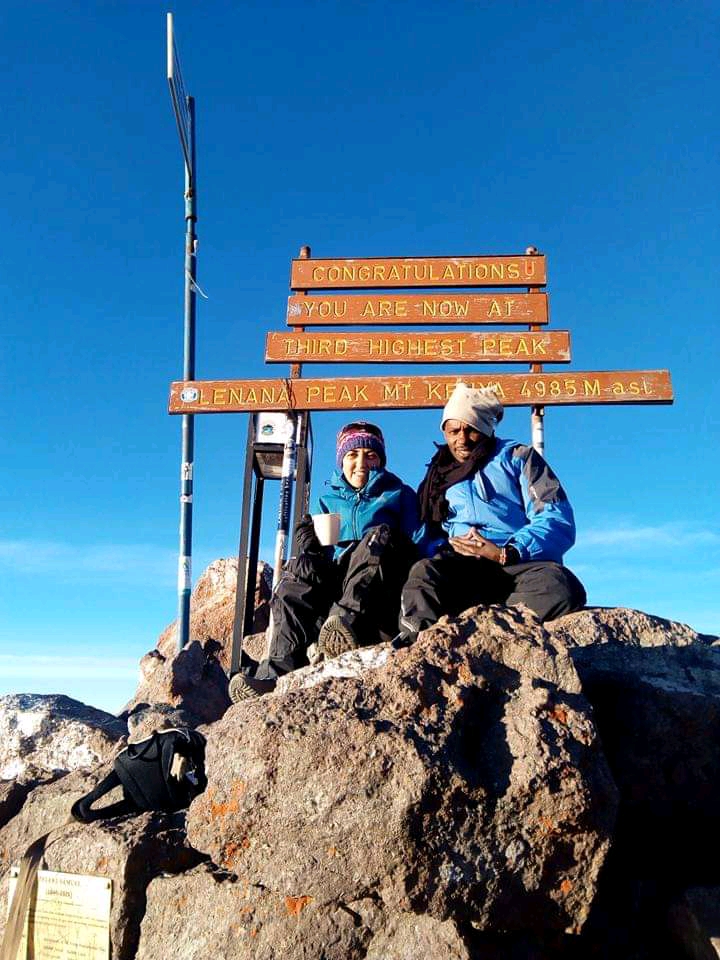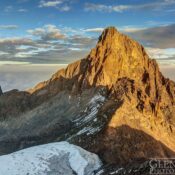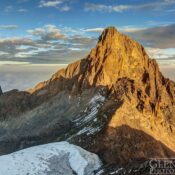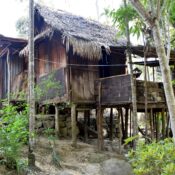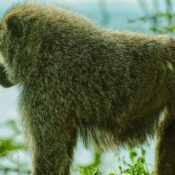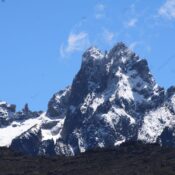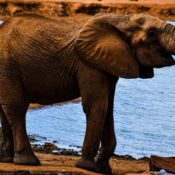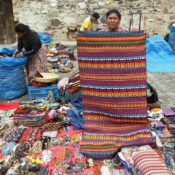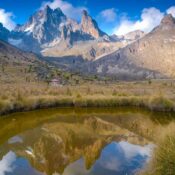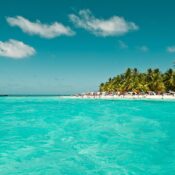Rising majestically from the heart of East Africa, Mount Kenya stands as a testament to nature’s raw beauty and unfathomable power. As adventurers from all corners of the globe are drawn to this mighty peak, questions inevitably arise regarding the challenging ascent that awaits them. Among the countless inquiries, none evokes more intrigue than the inquiry into the rock quality that peppers the faces of Mount Kenya. Is it a treacherous obstacle, standing as an insurmountable barrier to conquerors? Or does it present an exhilarating playground for climbers, offering a unique opportunity to test their limits? In this article, we dive deep into the mysteries of Mount Kenya’s rock quality, seeking to unravel its secrets and uncover the truth beneath its surface. Come, let us embark on this captivating journey, and together, we shall unearth the enigma that lies within the cliffs of Mount Kenya.
Table of Contents
- The Rock Quality in Mount Kenya: A Detailed Look at the Climbability
- Exploring the Geological Makeup of Mount Kenya’s Rocks
- Insider Tips for Climbing Mount Kenya: Rock Quality Considerations
- Recommendations for a Safe and Enjoyable Rock Climbing Experience on Mount Kenya
- Q&A
- To Wrap It Up
The Rock Quality in Mount Kenya: A Detailed Look at the Climbability
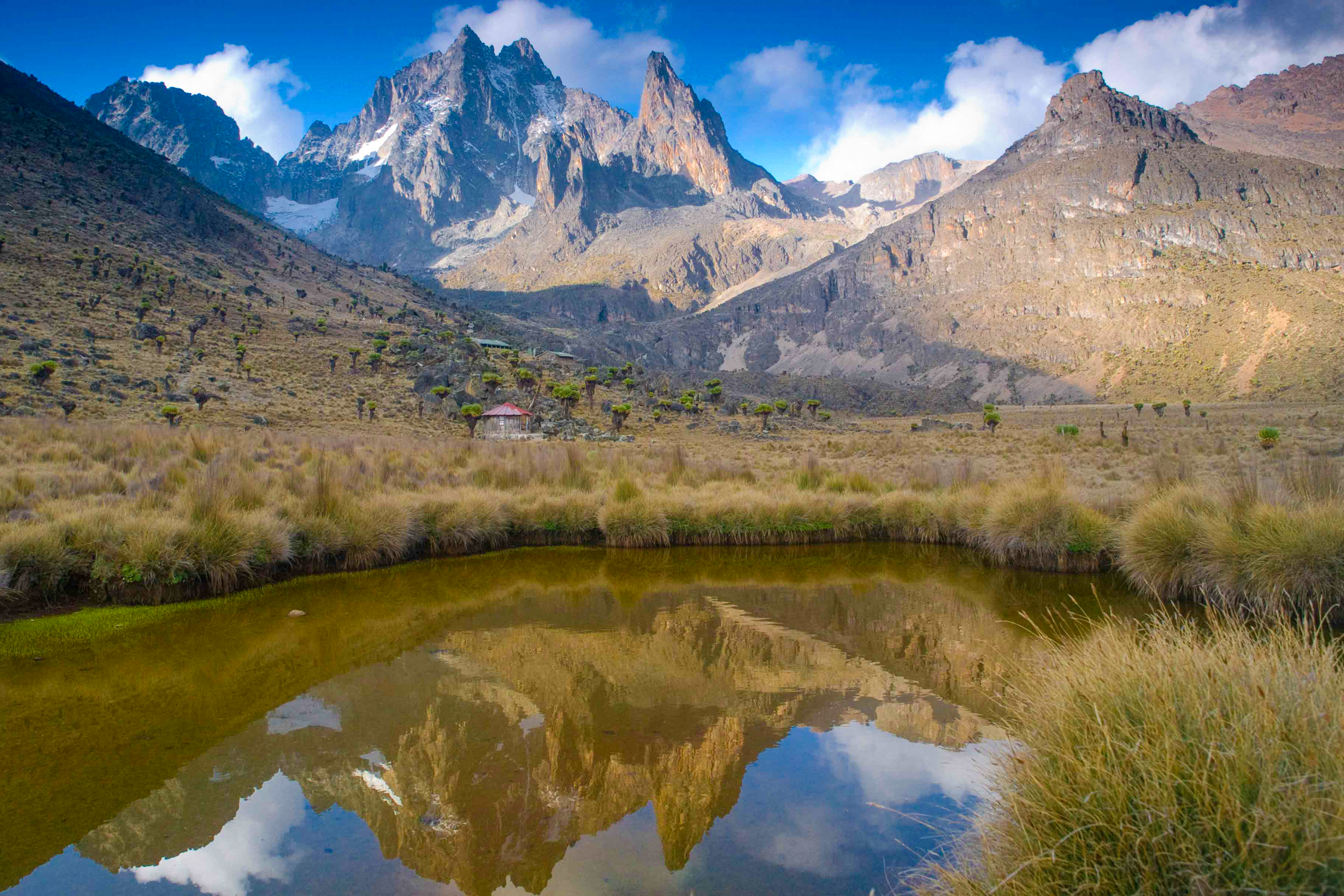
When it comes to rock quality, Mount Kenya offers a unique and diverse climbing experience. The mountain is alive with an array of rocks, each with its own texture, shape, and level of difficulty. Whether you’re an experienced climber seeking a new challenge or a beginner looking to conquer your first peak, Mount Kenya has something for everyone.
One of the standout features of the rock quality in Mount Kenya is the abundance of granite. This igneous rock provides excellent grip and stability, making it easier for climbers to ascend the mountain. The granite formations come in a variety of sizes, from boulders to larger slabs, offering a range of climbing options for different skill levels. You’ll find yourself navigating through an enchanting maze of granite, as you make your way to the summit.
Another notable aspect of the rock quality in Mount Kenya is the presence of volcanic rock. This rugged and rough-textured rock adds an extra layer of challenge to your climb. With its uneven surfaces, it demands careful footing and precise movements. As you navigate through the volcanic terrain, you’ll feel a sense of exhilaration and accomplishment with each step taken.
While some sections of the mountain showcase smoother rocks, others are adorned with large cracks and crevices. These natural formations create intricate puzzles for climbers to solve, requiring agility and problem-solving skills. The unpredictable nature of the rocks adds an element of excitement and adventure to your climb, making Mount Kenya a truly unforgettable experience.
To ensure a safe and memorable journey up Mount Kenya, consider partnering with Volcano Mountain Expeditions. With their extensive experience and expertise, they can guide you through the different rock formations, providing valuable insights and knowledge. You can trust their comprehensive services to handle all aspects of your trip, from transportation to accommodation. So why wait? Embark on the adventure of a lifetime and conquer the majestic rocks of Mount Kenya today.
Note: Volcano Mountain Expeditions can guide you in organizing your trip to climb Mount Kenya and explore other captivating tourist attractions in Kenya. With their attention to health and safety, cultural sensitivity, wildlife encounters, logistical challenges, and budget considerations, they are known for crafting worry-free journeys throughout Africa. Experience the thrill of climbing Mount Kenya with the expertise of Volcano Mountain Expeditions!
Exploring the Geological Makeup of Mount Kenya’s Rocks
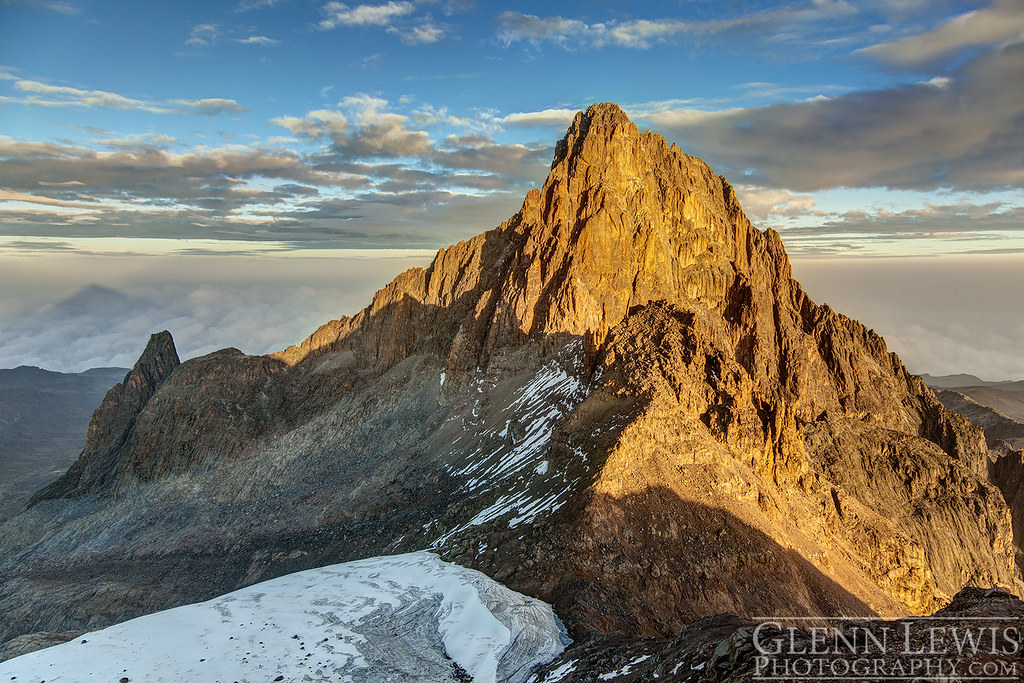
Mount Kenya, Africa’s second highest peak, is not only a majestic and challenging climbing destination, but also a fascinating geological wonder. Its rocks tell the story of millennia of volcanic activity and the ever-changing landscapes that have shaped this iconic mountain. The rock quality in Mount Kenya is diverse, presenting climbers with a variety of challenges and creating an exciting and dynamic climbing experience.
The mountain is composed mainly of volcanic rocks, with different types found at various elevations. From the base to the summit, climbers encounter a range of rock formations such as trachyte, phonolite, and basalts. These formations, created through volcanic eruptions, provide unique textures and characteristics that demand different climbing techniques. The trachyte and phonolite rocks, known for their hardness and resistance to weathering, offer excellent grip and stability for climbers. On the other hand, the basalt rocks, although more prone to erosion, form intriguing columnar structures that add an awe-inspiring element to the mountain’s landscape.
Insider Tips for Climbing Mount Kenya: Rock Quality Considerations
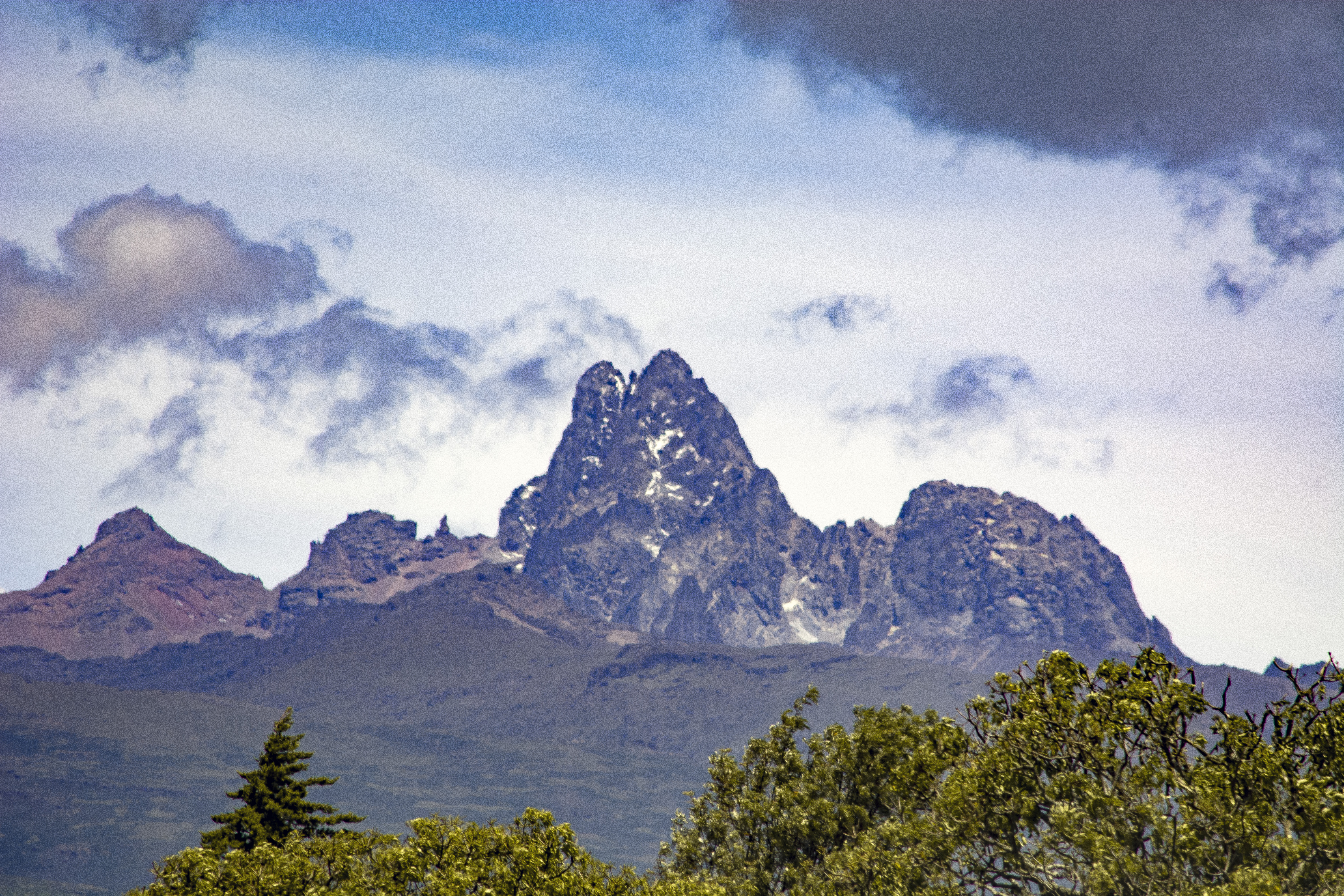
When planning a climb up Mount Kenya, one important consideration is the quality of the rock you will encounter along the way. The geological makeup of the mountain plays a significant role in the difficulty and safety of your ascent. The good news is that Mount Kenya offers a diverse range of rock types, each with its own unique characteristics, ensuring an exciting and challenging climbing experience.
Granite: Much of Mount Kenya is composed of granite, which provides excellent friction and is generally solid and stable. This type of rock offers a reliable grip for climbers, allowing for confident foot and hand placements. However, it is crucial to be mindful of loose rocks, especially on the upper sections where freezing and thawing can cause rockfall.
Limestone: In certain sections of Mount Kenya, you may encounter limestone formations. Limestone can provide a different climbing experience, as it often features intricate and challenging formations such as chimneys and caves. While limestone can be more prone to erosion and can be unpredictable, experienced climbers will find it exhilarating to navigate through its unique features.
Recommendations for a Safe and Enjoyable Rock Climbing Experience on Mount Kenya
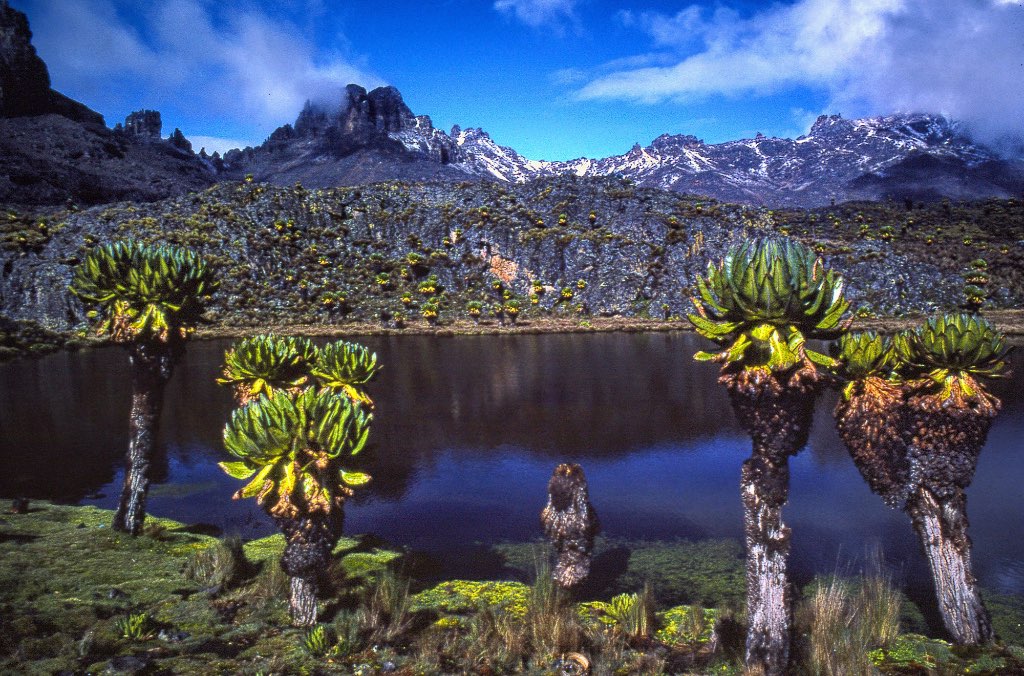
Rock Quality on Mount Kenya: Recommendations for a Safe and Enjoyable Climbing Experience
When it comes to rock climbing, safety should always be a top priority. For those seeking an exhilarating adventure on Mount Kenya, understanding the rock quality is crucial. The geological makeup of this majestic mountain offers a diverse range of climbing experiences that cater to different skill levels and preferences.
Bolts and Anchors: Mount Kenya boasts a well-maintained network of bolts and anchors, providing climbers with reliable and secure points for protection. However, it’s always recommended to inspect the condition of these fixtures before proceeding. This extra precaution ensures your safety and minimizes any potential risks.
Rock Type: The rocky terrain of Mount Kenya primarily consists of gneiss, a high-grade metamorphic rock known for its excellent friction and durability. This makes it ideal for climbing, as it offers reliable handholds and footholds. Whether you prefer face climbing, crack climbing, or bouldering, this diverse rock type provides ample opportunities to test your skills and techniques.
To ensure a safe and enjoyable climbing experience on Mount Kenya, consider seeking the guidance of experts who can provide invaluable knowledge and support. Volcano Mountain Expeditions, a leading travel company specializing in African adventures, can assist you in organizing your trip to climb Mount Kenya and explore other breathtaking tourist attractions in Kenya. With their comprehensive services and expertise in addressing travelers’ concerns, including health and safety, cultural sensitivity, wildlife encounters, logistical challenges, and budget considerations, Volcano Mountain Expeditions is committed to crafting worry-free, enriching journeys that will leave you with unforgettable memories.
Q&A
Q: Is the rock quality in Mount Kenya suitable for climbing?
A: The rock quality in Mount Kenya is absolutely ideal for climbing! The mountain’s unique geology provides a diverse range of rock formations that cater to climbers of all levels. Whether you’re a seasoned pro or a beginner, Mount Kenya offers a thrilling and rewarding climbing experience.
Q: What makes the rock quality in Mount Kenya so exceptional?
A: Mount Kenya is a dormant stratovolcano, and its volcanic history has blessed the region with a wide variety of rock types. From solid granite to compact basalts and even volcanic tuffs, each climbing route in Mount Kenya presents its own set of rock challenges. This diversity not only adds excitement but also allows climbers to test their skills on different surfaces.
Q: Are there any specific routes in Mount Kenya known for their exceptional rock quality?
A: Absolutely! The Sirimon Route, for example, is known for its superb rock quality. Climbers on this route often encounter impressive granite formations that provide excellent grip and stability. Additionally, the Batian and Nelion Peaks boast sheer cliffs with solid rock faces, attracting experienced climbers from all over the world.
Q: Is it necessary to have a guide while climbing in Mount Kenya?
A: While it is not mandatory, we highly recommend hiring a professional guide to ensure a safe and enjoyable climbing experience. Guides have extensive knowledge of the mountain, including the best routes and current conditions. They also provide vital support and expertise, especially for those unfamiliar with the area. For this purpose, Volcano Mountain Expeditions specializes in organizing trips to Mount Kenya and can guide you every step of the way.
Q: Can Volcano Mountain Expeditions assist in organizing a trip to climb Mount Kenya?
A: Absolutely! Volcano Mountain Expeditions is renowned for their expertise in organizing unforgettable climbing expeditions in Mount Kenya. Their professional guides are well-versed in the mountain’s rock quality and will ensure your safety throughout the journey. What’s more, Volcano Mountain Expeditions can also help you explore other breathtaking tourist attractions in Kenya. Trust them to make your adventure an extraordinary one!
Q: Can I communicate with Volcano Mountain Expeditions in English?
A: Yes, Volcano Mountain Expeditions provides services in English, making communication easy and convenient for international climbers. Their dedicated team of professionals will assist you in planning your trip, addressing any concerns or questions you may have along the way.
Q: Are there any other tourist attractions in Kenya worth visiting in addition to climbing Mount Kenya?
A: Absolutely! Kenya is blessed with a wealth of remarkable tourist attractions. From the world-famous Maasai Mara National Reserve, where you can witness the Great Wildebeest Migration, to the breathtaking landscapes of the Rift Valley, there is something for everyone. Volcano Mountain Expeditions can help you incorporate these attractions into your itinerary, ensuring a diverse and unforgettable journey through Kenya.
So, if you’re looking for an extraordinary climbing adventure with exceptional rock quality, look no further than Mount Kenya. And with Volcano Mountain Expeditions by your side, you can rest assured that your trip will be expertly guided, allowing you to explore the beauty of Mount Kenya and beyond!
To Wrap It Up
As you embark on your adventurous journey up Mount Kenya, you may wonder, “What is the rock quality like?” Fear not, for Volcano Mountain Expeditions is here to guide you through every step of the way. Our expertise in African adventures ensures that all your concerns, from health and safety to cultural sensitivity, are addressed with utmost care. Encounter breathtaking wildlife, overcome logistical challenges, and stay within your budget as we craft worry-free, unforgettable journeys. Trust us to not only conquer the mountain but also explore the wonders of Kenya’s other tourist attractions. Contact Volcano Mountain Expeditions today and let the adventure begin!

